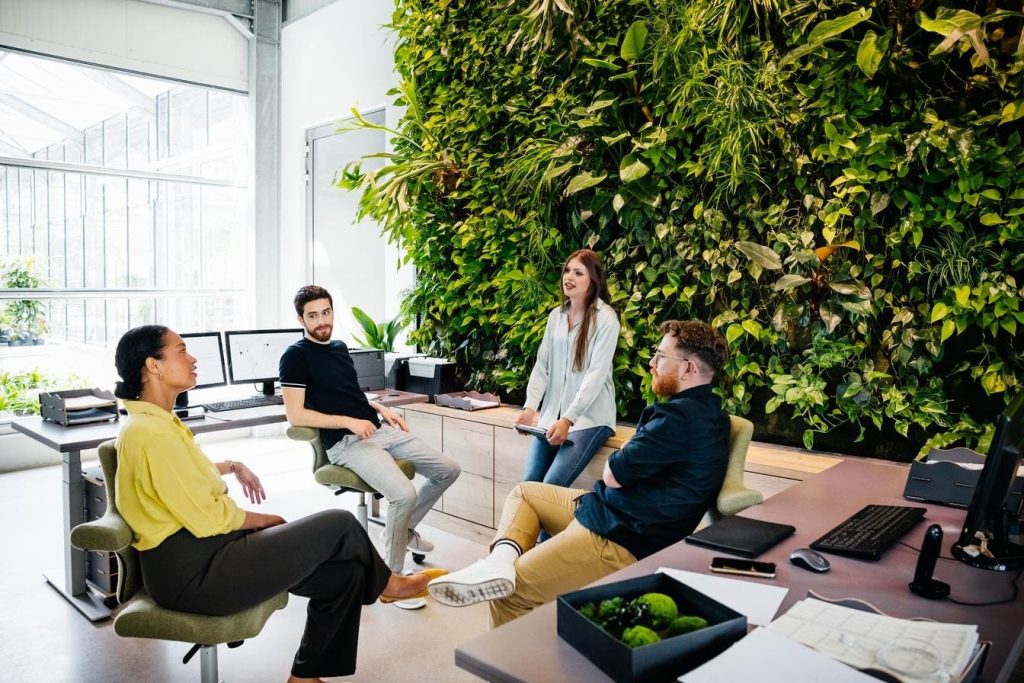Allison Ballard, Vice President of Strategy, Workplace at CORT, emphasizes the need for senior leaders to recognize the transformation of the office space in the rise of hybrid work as the new norm. As stress levels rise and feelings of isolation become more prevalent, redefining the purpose of the office can significantly improve employee well-being and organizational effectiveness. The office can now play a crucial role in fostering collaboration and camaraderie, moving beyond simply being a site for completing tasks.
As more organizations shift towards hybrid work arrangements, office occupancy decreases, prompting a reevaluation of the role of physical workspaces. Corporate real estate leaders are experiencing unprecedented vacancies and declining office values, necessitating a fundamental shift in traditional office paradigms. This presents an opportunity for organizations to utilize the office as a catalyst for collaboration and innovation, rather than just a physical space.
The office has historically been a breeding ground for creativity and community, as seen in the founding of companies like Adobe Systems and Apple Inc. Today, younger generations, like Gen Z, are seeking face-to-face interaction, friendships with colleagues, and opportunities for learning and development that are more accessible in an office setting. This highlights the importance of redefining the office space to prioritize social connections and combat the negative impacts of stress and loneliness.
Stress and loneliness have emerged as significant challenges in today’s work environment, exacerbated by the Covid-19 pandemic. The 2023 Stress in America survey conducted by the American Psychological Association and reports from the U.S. Surgeon General emphasize the importance of human connection in combating these issues. Redefining the office to prioritize face-to-face interactions, collaboration, and diverse ideas can help combat the effects of prolonged isolation and stress, leading to groundbreaking innovations and meaningful connections.
Ballard recommends investing in making the office a hub for collaboration and community-building as businesses adapt to hybrid work models. Designing collaborative zones, fostering a culture of well-being, and leveraging technology for connectivity are effective strategies to cultivate environments that inspire innovation and relationships. By embracing the transformative power of the office space and prioritizing mental health and well-being initiatives, organizations can create a thriving work environment where success becomes a tangible reality.



